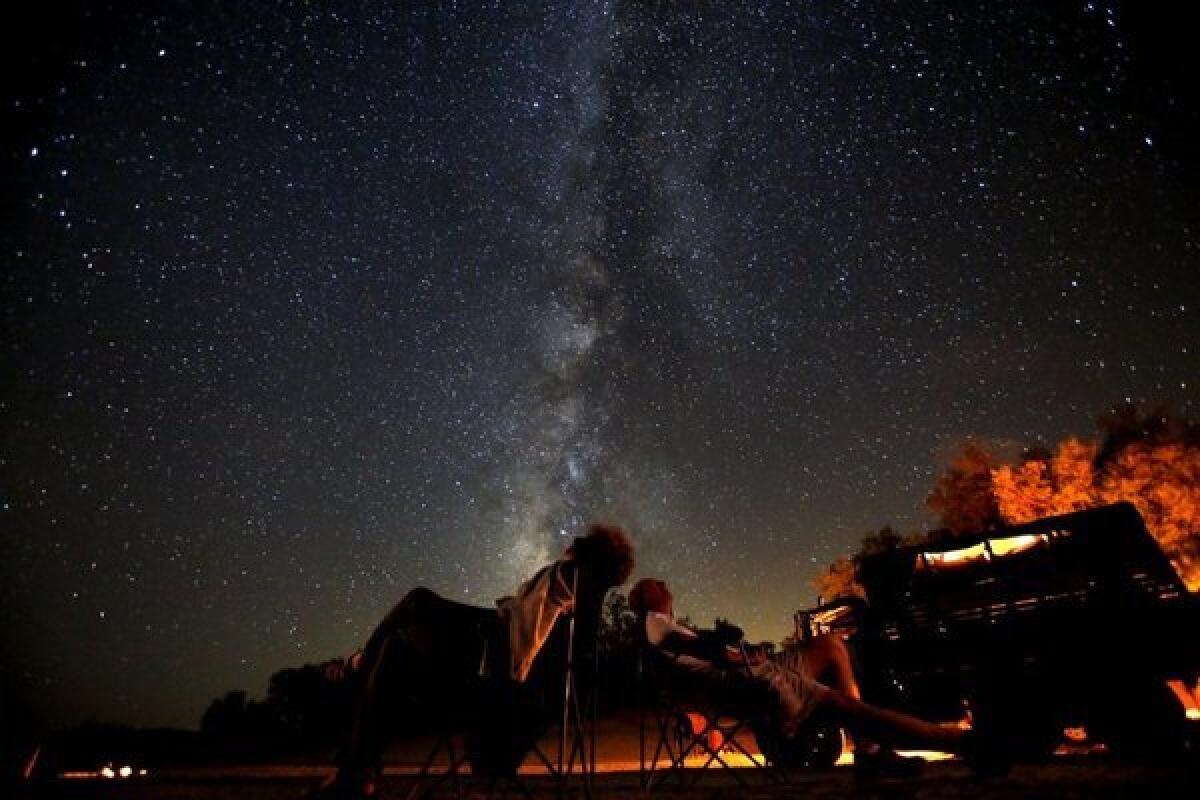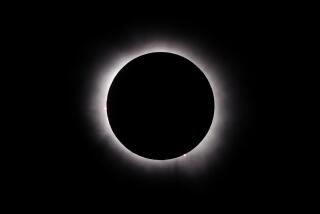Orionid meteor shower this week: See if you can catch a fireball

Looking for something to do tonight? Why not see if you can spot a fireball?
The Orionid meteor shower will peak today and Monday. If you can stay up past midnight, or get up before dawn, you may be treated to one of the super-bright “fireball” meteors for which the annual shower is known.
The Orionids occur each year in mid-October when Earth passes through a stream of dust left in the wake of Comet Halley. Halley returns to our solar system every 76 years, and each time it does, it sheds bits of rocks and dust from its icy nucleus. These bits of debris burn up in the atmosphere, causing shooting stars to rip across the sky.
Orionids are known for their speed. They travel about 148,000 mph into Earth’s atmosphere, according to a NASA report. Because they move so fast, they can leave glowing “trains” and are more likely than some other meteors to become fireballs -- meteors that glow at least as brightly as Jupiter or Venus in the night sky.
When the shower is at its best, observers can expect to see about 20 meteors per hour, said Anthony Cook, who heads the telescope program at Griffith Observatory. However, this year viewing conditions are not ideal. Light from the nearly-full moon you may have been admiring all weekend will drown out many of the fainter meteors.
“With city lights and the moonlight, you might be lucky to see two an hour,” said Cook. “But if they are bright, it will be like free fireworks.”
If you want to try to catch a fireball, NASA recommends lying on your back with your feet pointed southeast (if you are in the Northern hemisphere) anytime between midnight and dawn. Give your eyes about 30 minutes to adjust to the dark, and then relax and enjoy the show.
Even if you don’t get to see a fireball or two, keep your eye out for Jupiter directly overhead at dawn, and Mars off to the east.
“Even in the suburban light bubble, the sky is really pretty at dawn right now,” said Cook.
If you love to watch the sky, follow me on Twitter for more stories like this.
ALSO:
A fossilized brain, 520 million years old
Comet ISON holding together as it nears the sun [Photo]
Huge meteorite from fireball smashed hole in frozen Russian lake







